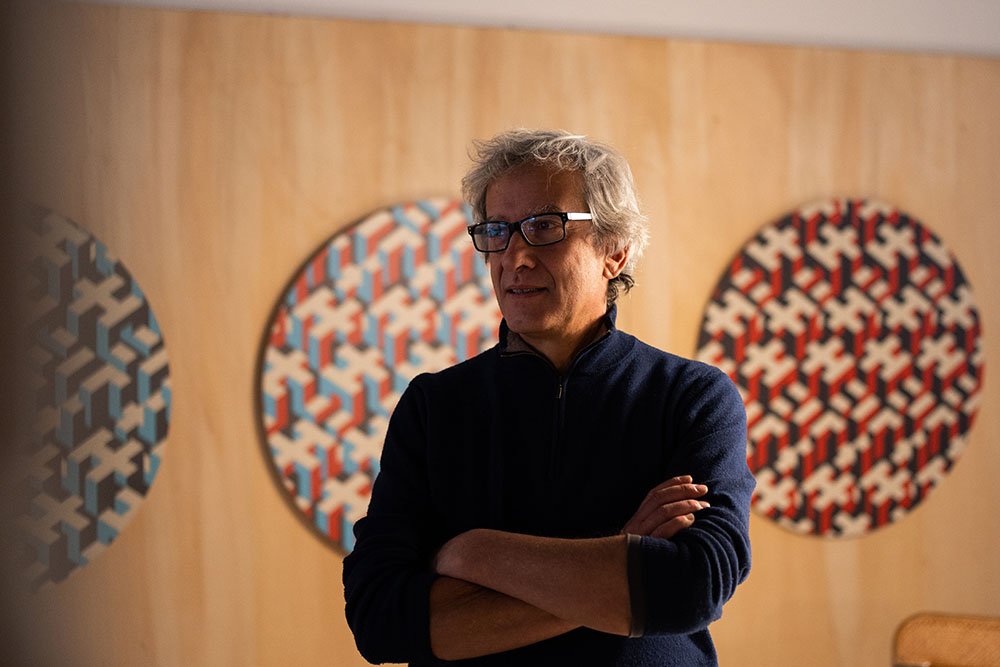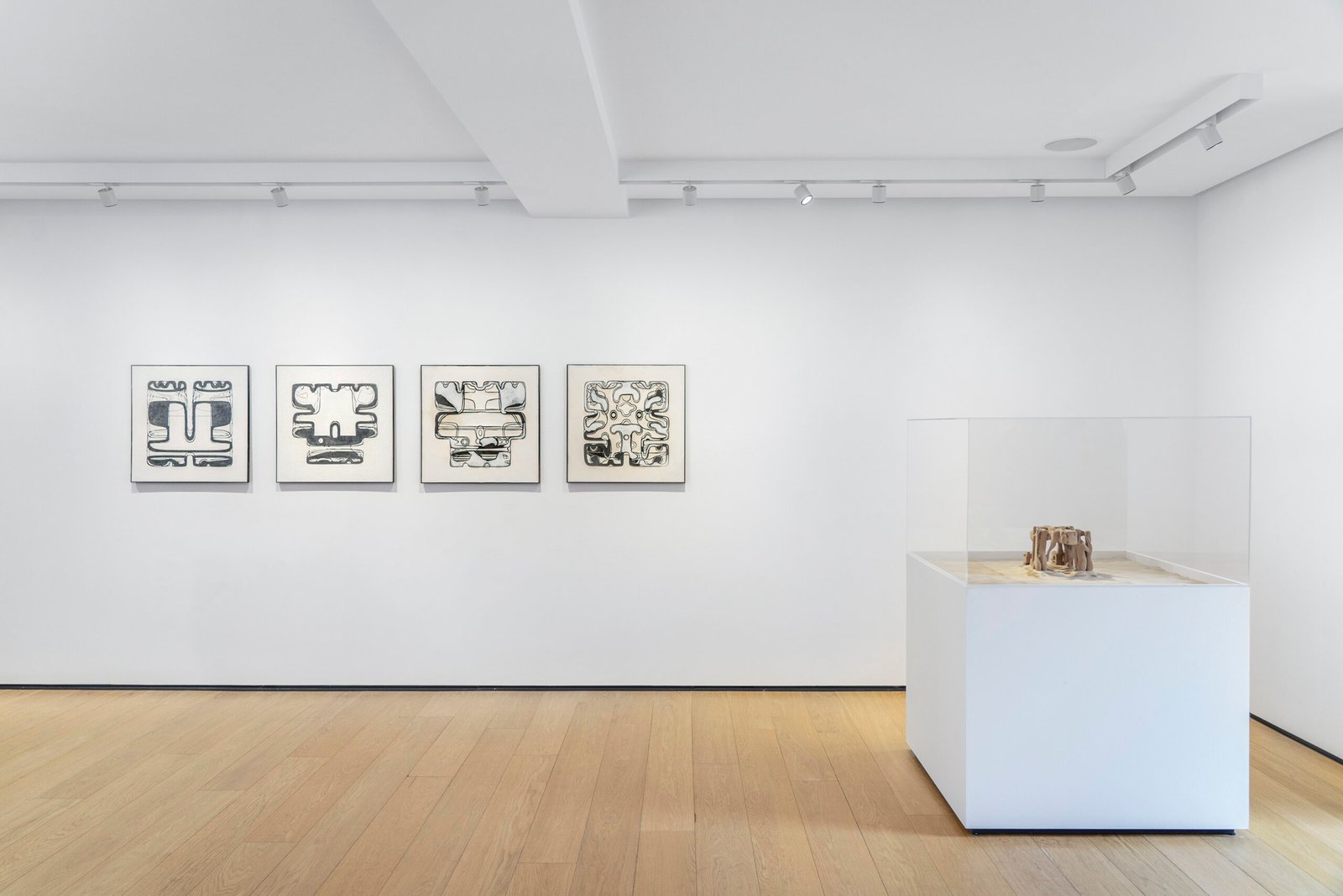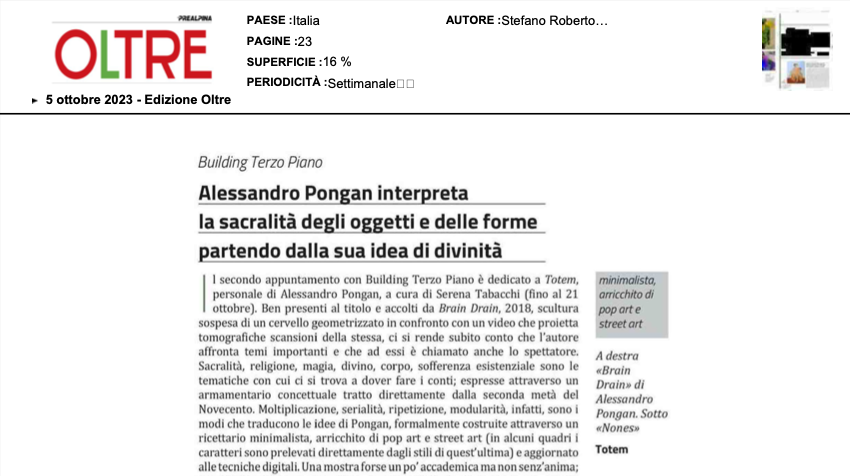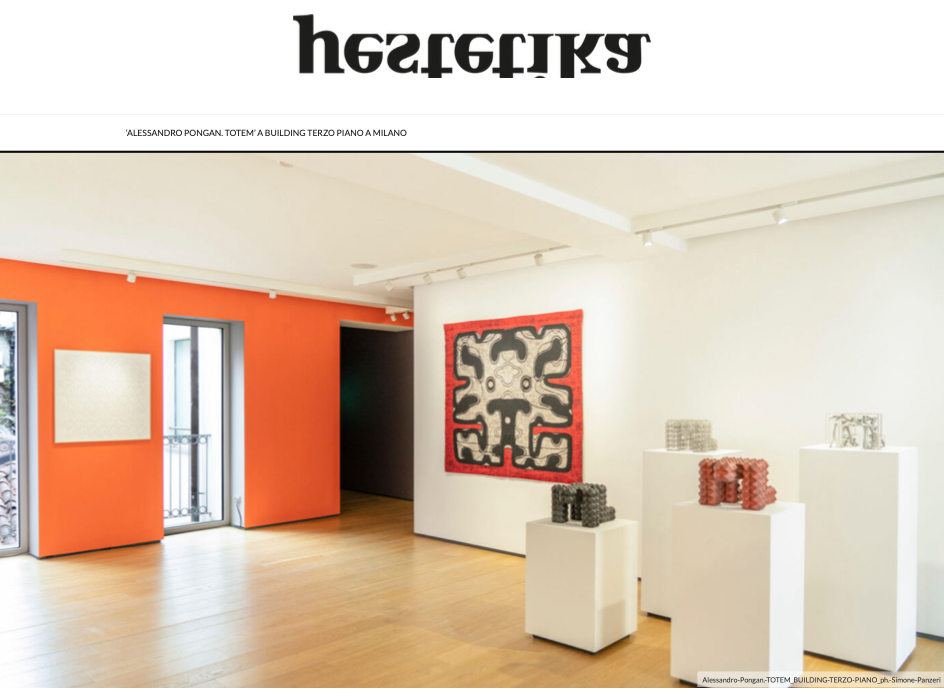Alessandro Pongan
Alessandro Pongan was born in La Spezia in 1963, and grew up between Spain, Italy, and Brazil due to his family’s frequent transfers. When he moved back to Italy, he settled in Milan, where he studied Visual Design at the Scuola Politecnica di Design in Milan, after his studies in the scientific field. In Milan, he founded his own professional studio, called Officina Design, a multidisciplinary research laboratory, which is still active today. At the Officina, he was able to experiment with a wide variety of techniques and languages, from graphics to motion graphics, 3D animation (at the times it was newly-born), and stop motion animation; from scenic design to video direction and production, to TV design. He has created countless projects for important brands using various disciplines, or as creative director in the fields of communication, special events, international expos, and TV. In 2017, he began to focus more on artistic practice, dwelling between the digital environment and the physical state. The Totem project is an ongoing expression of this research; it could be imagined as a weaving of a poetic narrative in which works are born digitally, but they are eventually given a physical state in the form of sculpture, graffiti, installation, video projection, or monumental work. The artworks remain suspended in a “in-between” dimension. He began to create a world, his own iconographic, religious, and imaginary alphabet, where sequences of symbolic figures and powerful archetypes follow one another. This is the case of the Prono cycle, a character that can be declined in numerous guises without ever losing its narrative power, same goes for the Ex Voto cycle. The techniques vary just as the materials used to compose the works do. It is like a short-circuit of ancient and contemporary disciplines brought together in an almost alchemical process. Therefore, they are digital works, also reproduced in fine-art printing on various materials, lost-wax casting in bronze, concretised sand, nylon 3D printing, pigmented plaster layering, graffiti on plaster and MDF, tapestries, metal carpentry, and finally, monumental works where the natural living element takes possession of the crafted piece.
















